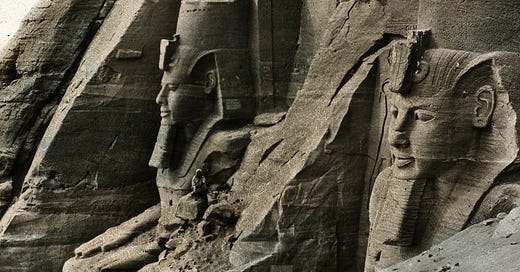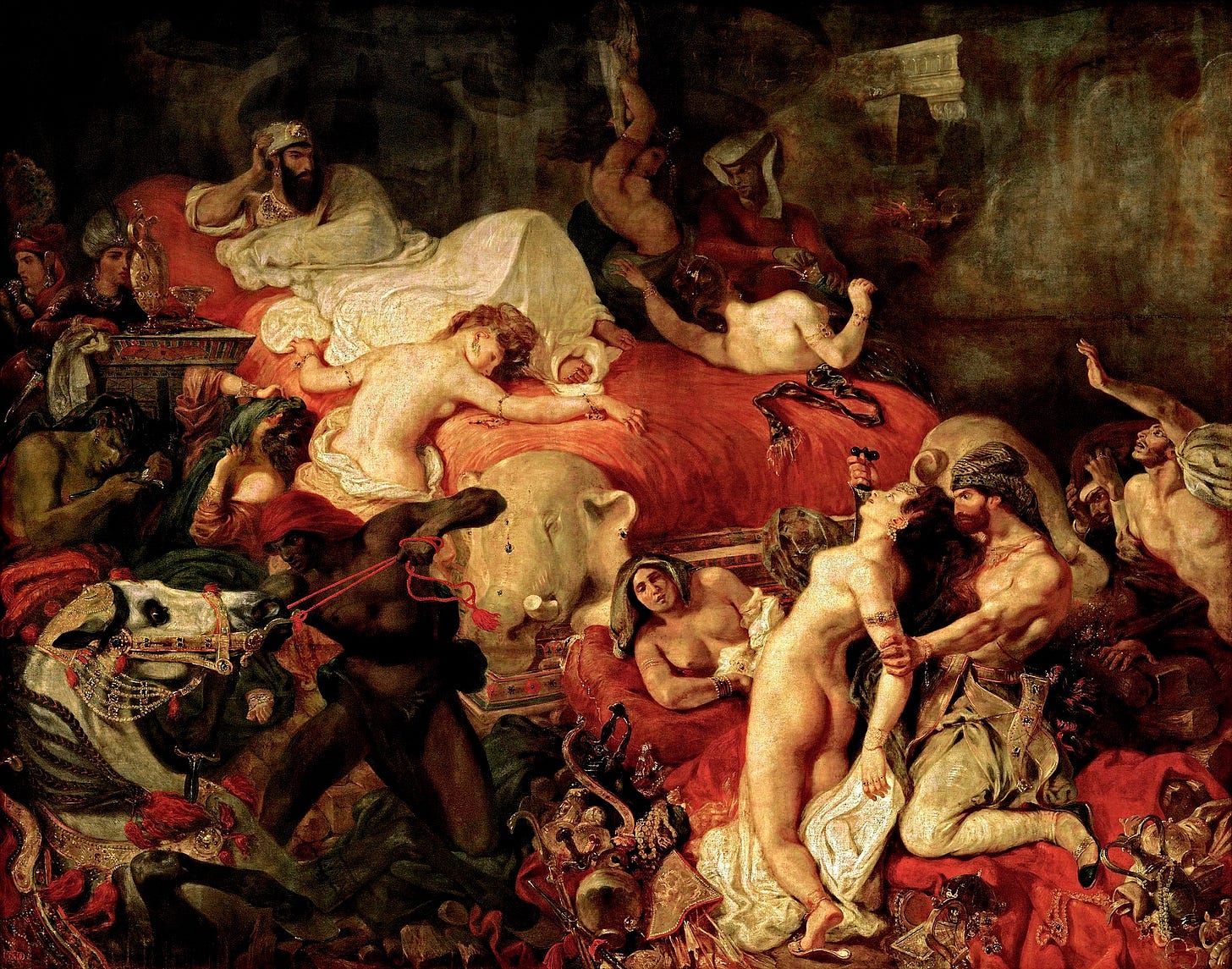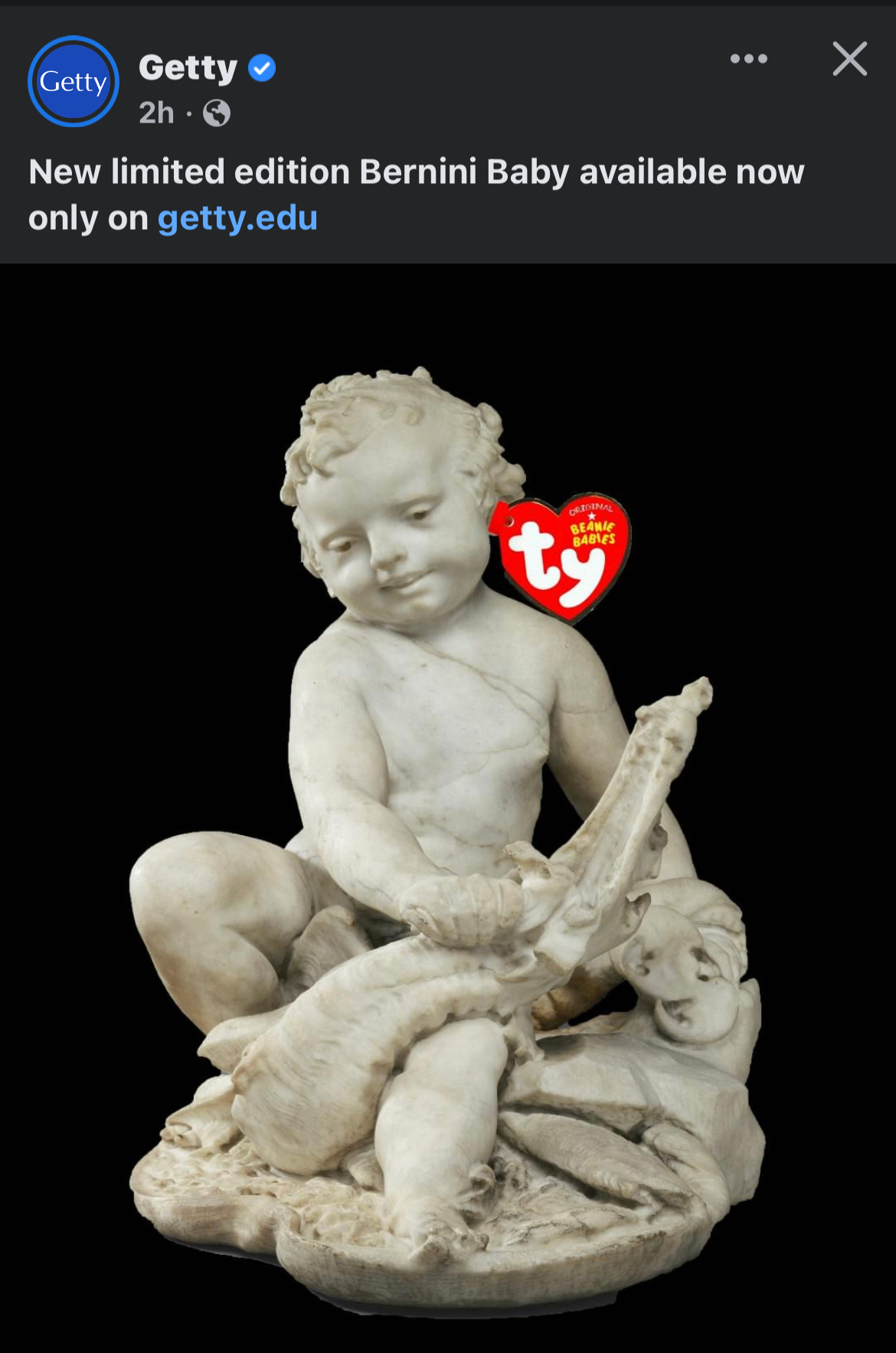Ancient/Now - April 3rd
Michelangelo's David makes national headlines, the life and times of a daring mid-century female Egyptologist, a major mistake by archaeological experts in Israel, and more
Florida principal forced out because a 6th grade class was shown Michelangelo’s David
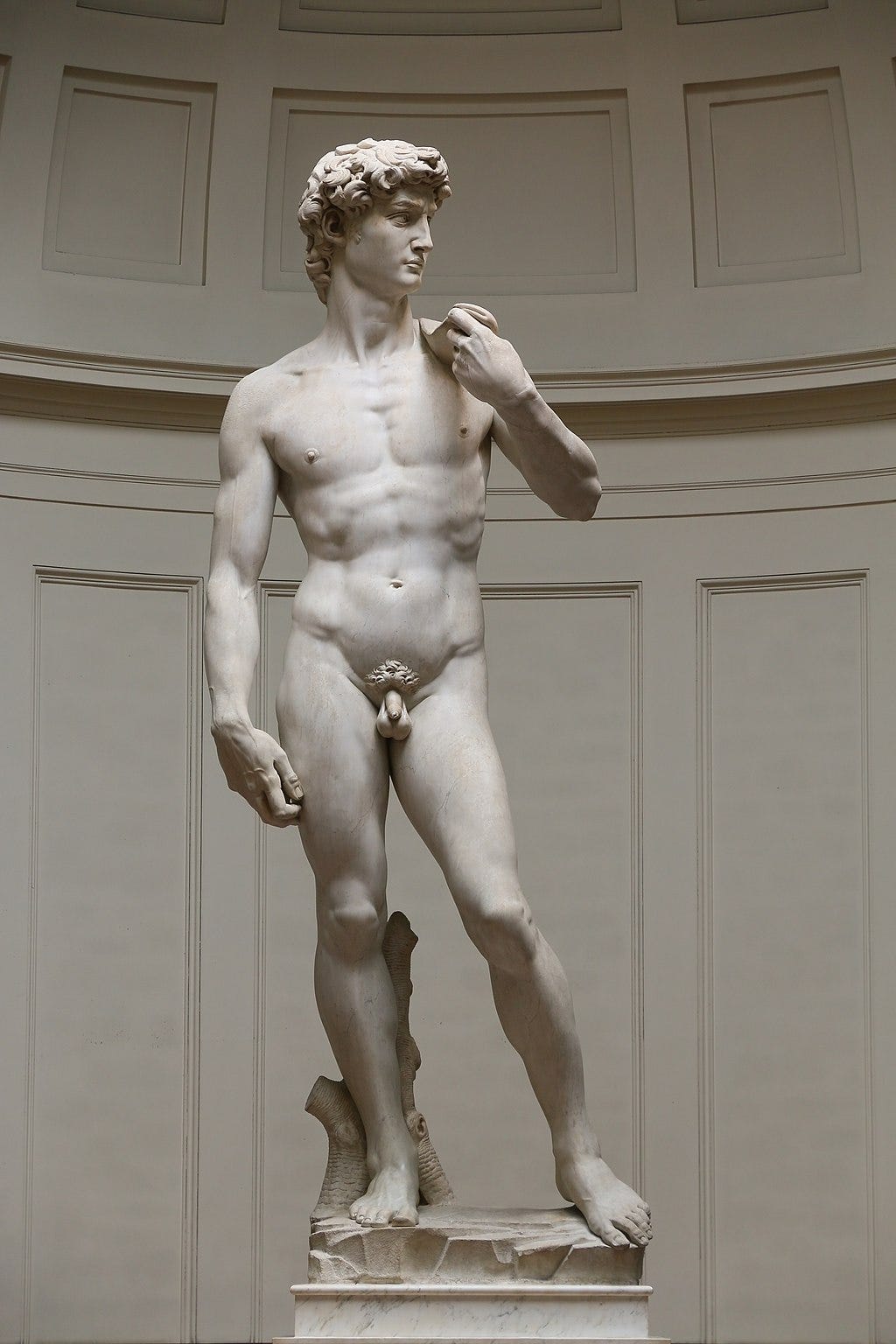
A Florida principal was ousted for failing to notify parents that their kids would be learning about Michelangelo’s famed David, and we link to a telling interview. As Kara writes,
Dear Readers, please read this interview carefully. Words like “classical,” “Western Civilization,” “moral” are thrown around with abandon by this school board chair in Florida who fired an art teacher for showing 6th graders an image of Michelangelo’s David sculpture, among many other unmentioned infractions. Please ask yourself how antiquity, particularly White-facing, Classical antiquity is used as a power flex in White supremacist America. As researchers and educators of antiquity, this is our front line. Let’s stop pretending antiquity is apolitical. Let’s get to the fight.
Also see Kara’s tweet on the subject:
American classrooms have always been a place where American political and social conflicts have played out. And, as in the past, today’s students are living out American politics in ways that reveal our social and moral failures, AR-15’s and all. In a week that once again saw the bodies of dead children carried from an American school after yet another mass shooting, this story makes it painfully clear that there is more interest in preventing children from seeing nudity in fine art than to protect them from being murdered at school.
NYT: Christiane Desroches-Noblecourt’s contributions to Egyptology

Recently the New York Times reviewed Empress of the Nile by Lynne Olson, a new nonfiction book about the life and career of Egyptologist Christiane Desroches-Noblecourt.
…Christiane Desroches-Noblecourt, a curator at the Louvre who led a secret life in the anti-Nazi underground. Desroches-Noblecourt went on to become a field archaeologist with a knack for finding intact tombs, and a master bureaucratic infighter who played a key role in rescuing Egypt’s endangered antiquities from destruction by the construction of the Aswan High Dam. Along the way, Olson relates in this fast-paced, highly entertaining book, Desroches-Noblecourt survived a Gestapo interrogation, faced angry crowds during the 1956 Suez crisis and sparred with everyone from Gamal Nasser to Charles de Gaulle.
Olson’s narrative about Desroches-Noblecourt is a welcome contribution to books on the history of Egyptology in the mid-20th century and her lasting contributions to the field.
Complete Egyptian zodiac discovered on temple ceiling at Esna
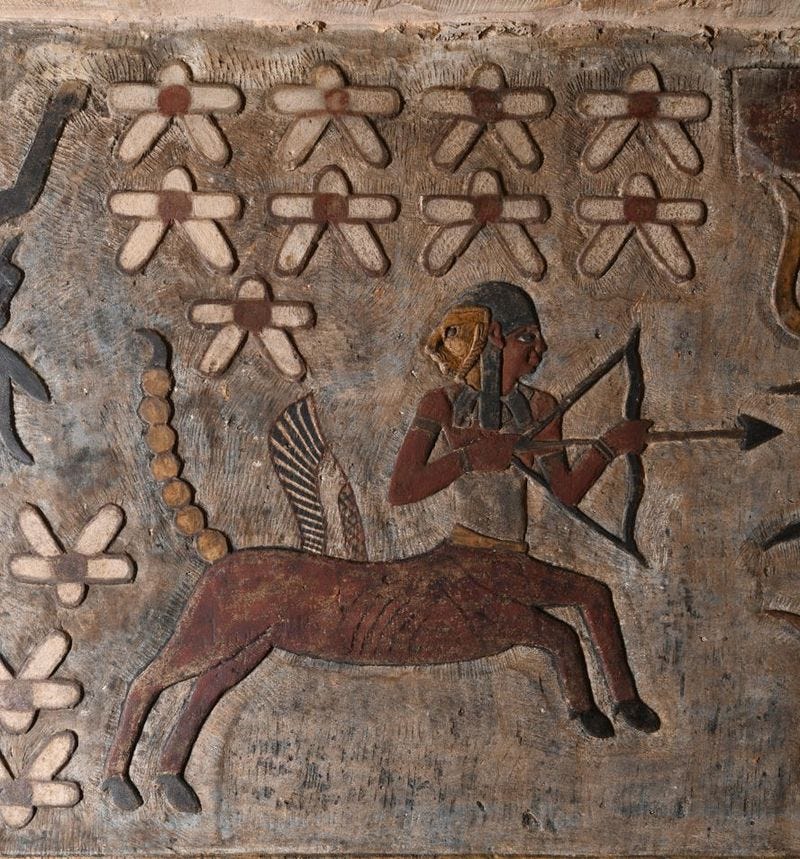
Recently one of the most complete ancient Egyptian zodiacs was uncovered on a ceiling at the Temple of Esna, a Ptolemaic-Roman temple dedicated to the god Khnum. Archaeologists also found representations of decans (sections of constellations) and the planets Mars, Saturn, and Jupiter. Historians think that the zodiac was brought to Egypt by the Greeks, although we know the Egyptians were also keen observers of the night sky in their own right. The archaeological team has been working throughout the temple to reveal the many colorful painted decorations on the walls and ceilings, which have survived in remarkable condition due to a protective layer of mud that covered them for the last two thousand years or so.
"The zodiac was used to decorate private tombs and sarcophagi and was of great importance in astrological texts, such as horoscopes found inscribed on pottery sherds," explained Dr Daniel von Recklinghausen from the University of Tübingen in a statement. "However, it is rare in temple decoration: apart from Esna, there are only two completely preserved versions left, both from Dendera.”
As the team continues their work removing the millennia-old dirt and soot from the walls and ceilings, it is likely they will reveal more amazing painted decorations. Stay tuned!
The Darius Artifact: When experts make mistakes
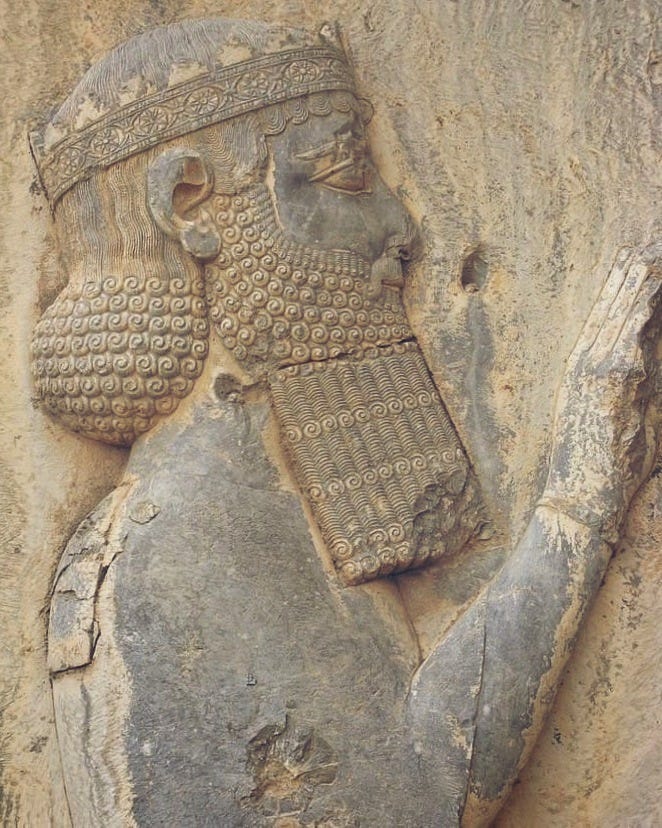
Last December, a visitor to the ancient site of Tel Lachish in Israel happened upon a small pottery fragment, picked it up, and noticed an inscription on it. Correctly recognizing that an artifact with writing on it might be important, the visitor turned it in to the site’s archaeologists. The Aramaic inscription, “Year 24 of Darius,” was analyzed by experts and deemed to be authentic, leading to an excited announcement by the Israel Antiquities Authority that this was the first ancient inscription mentioning Darius the Great ever found in Israel. Days later, the IAA had to retract their announcement after it was revealed that the writing on the pottery fragment actually dated to August 2022. How could this be?
…what emerged was another expert on ancient Aramaic writing and inscriptions who belonged to a foreign expedition working at Lachish last August. Seeing the announcement of the “Darius inscription” last week she contacted the IAA and admitted to being its author, with no malicious intent. To demonstrate to students how inscriptions were done back when, she picked up a piece of pottery lying on the ground of Lachish, scratched on it, and put it down again. And there it stayed until a visitor happened to pick up the piece too.
The Haaretz article goes into detail as to how the experts who authenticated the fragment became convinced of its antiquity, but suffice it to say that the comedy of errors began when the Aramaic writing expert who wrote on the fragment tossed it back onto the ground. However, the article points out that this was an honest but preventable mistake:
…the scientific analysis could have been pursued further before making the announcement, uninvolved experts say – chiefly because any inscription not found in a controlled scientific excavation and not in situ should be treated with extra caution. And in this case, it was not.
The art of John Wick: Chapter 4
As a blue belt in the “gentle art” of Brazilian jiu-jitsu and (at the very least) a purple belt in art history, Amber thought John Wick: Chapter 4 was a layered cinematic experience to be appreciated on multiple levels. The amazing martial arts choreography is a hallmark of the John Wick franchise, but for those with an art historical eye, this latest installment adds some wonderful depth to the visual experience. As art historian and chef Nancy Real (@thekitchenbuzz) observed on Instagram, the three paintings featured in the background of the scene in the Louvre were not random decorative background choices. And we couldn’t help but notice the ancient connection in one painting in particular—The Death of Sardanapalus. About the specific choice of this painting Nancy observes,
Sardanapalus was an Assyrian King who ordered the execution of 100 prisoners of war. Notice the King is dressed in white, on a red bed in his harem. At left side of painting, see the table with a golden pitcher while everyone is being killed. You can immediately link this to the movie’s Marquis de Marmont who lives in opulence. He sits in the Louvre gallery, clad in white, surrounded by red walls. He’s strategically directed to sit in front of the Sardanapalus painting. I love it! This is a subtle foreshadowing & most people don’t see it - the Marquis is King of the High Table who orders executions, namely, that of John Wick.
So kudos to John Wick: Chapter 4—the ancient historians and art history experts out there see you and appreciate your efforts to create an intellectual theater experience with cinematic creativity and visual depth!
What else were we reading this week?
Trying to pick the best news stories to share with you each week isn’t easy, so we’re adding a new section to our weekly email where we can share all of the other stories that had us scrolling each week.

